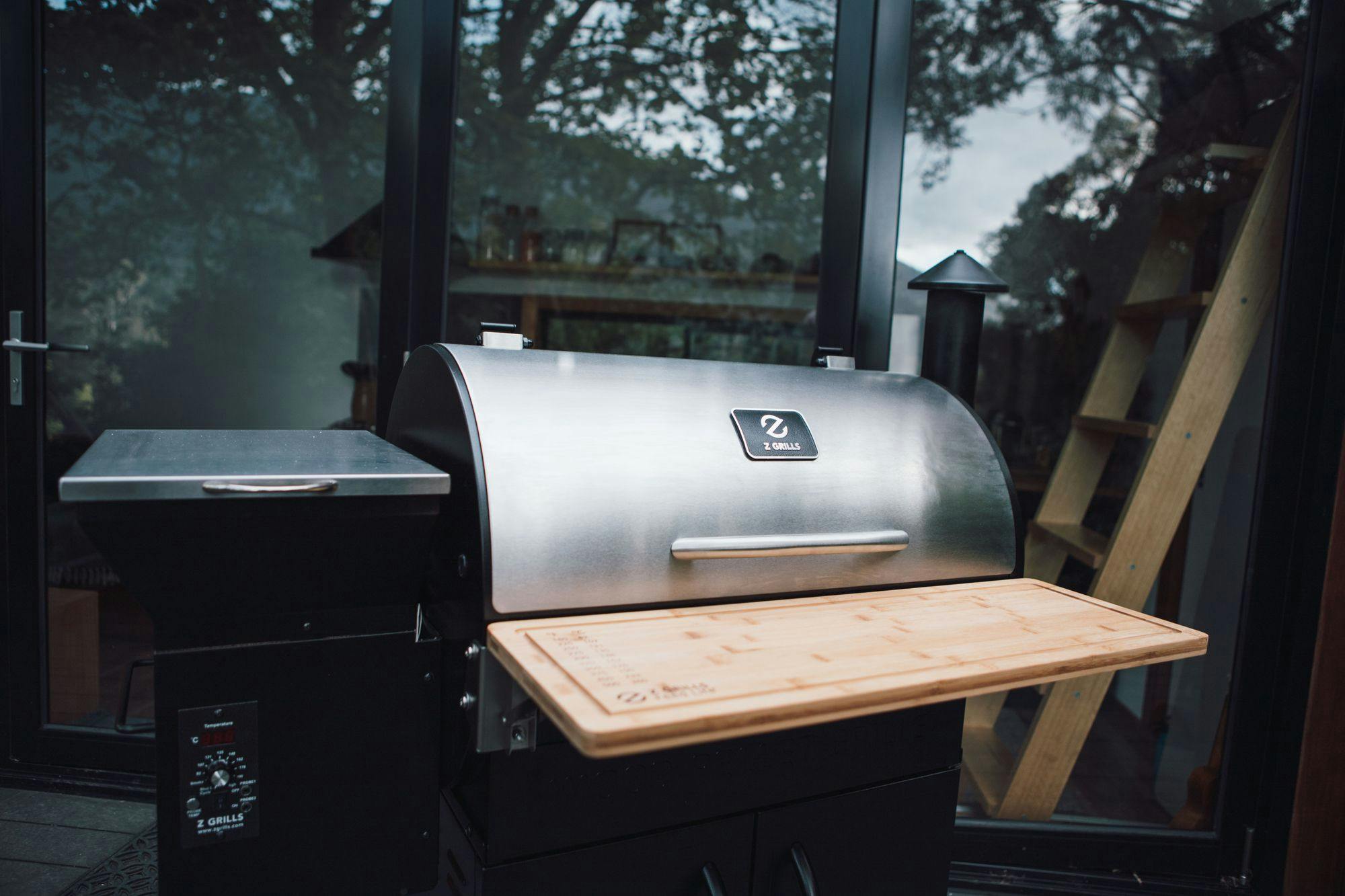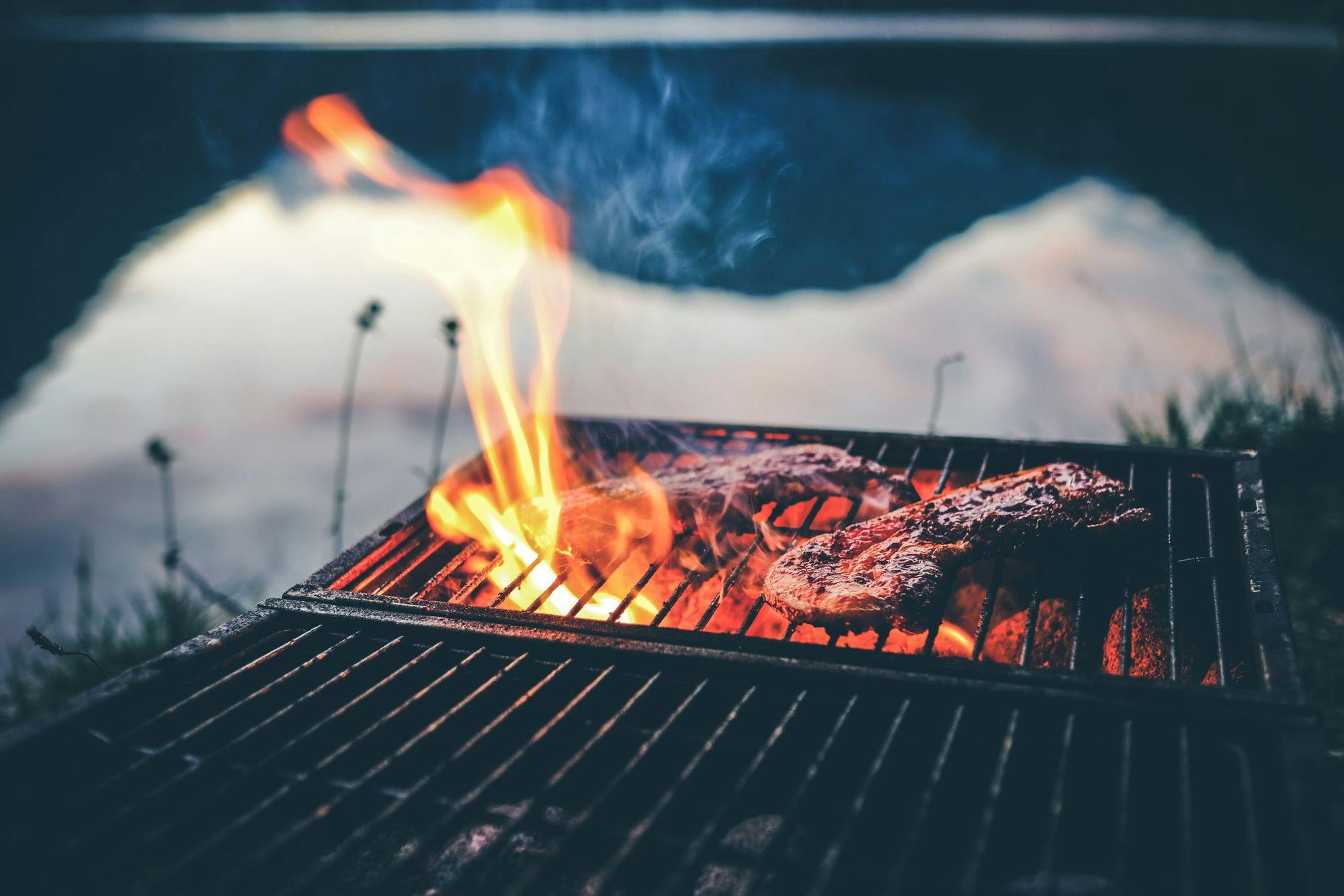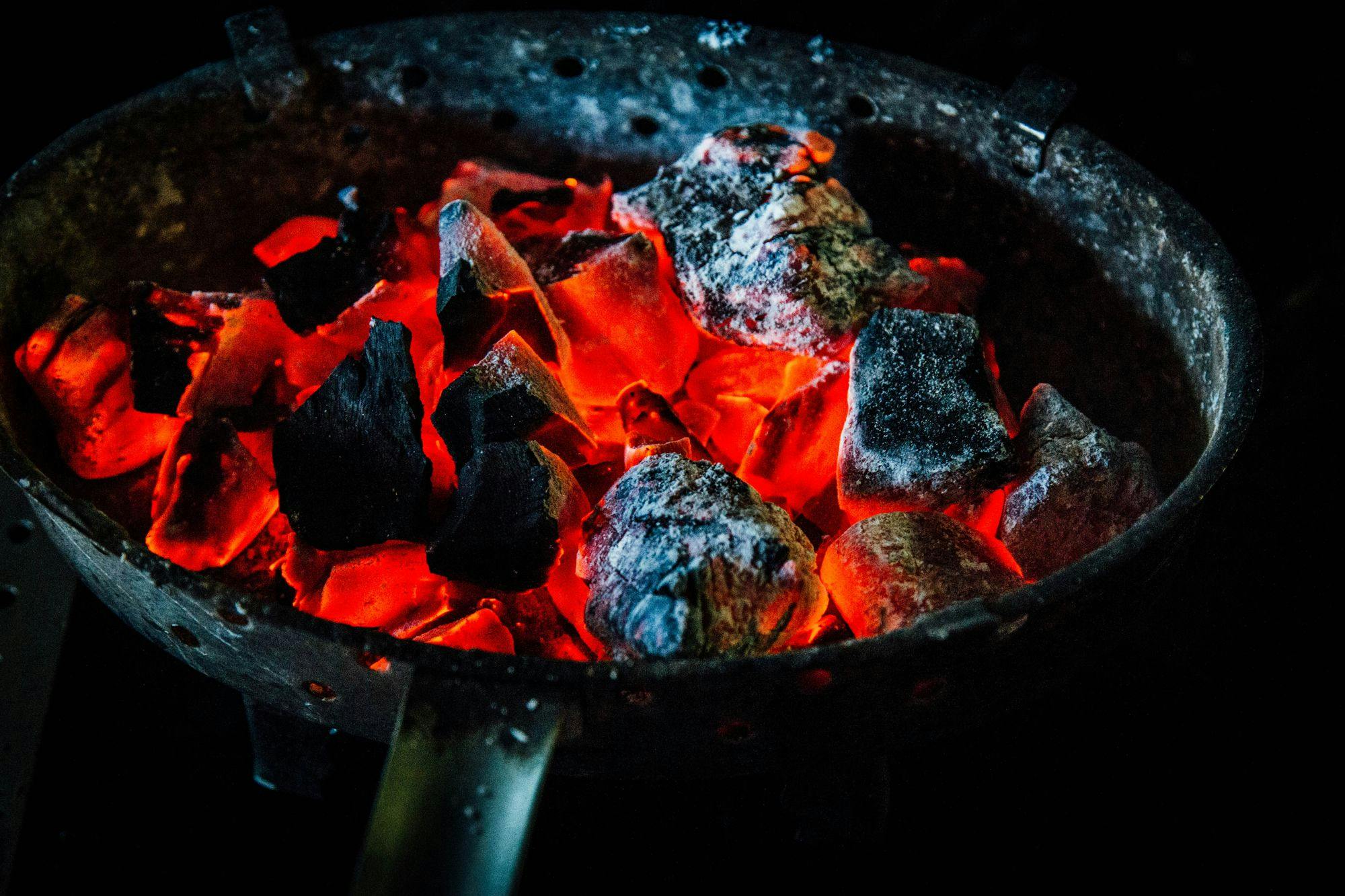Introduction
Discover the exotic taste of Costa Rican tea and learn how to preserve its flavors through the canning process. Canning is a traditional method of preserving food that has been practiced for centuries. It involves sealing food in jars and processing them in a water bath or pressure canner to create a vacuum seal, which extends the shelf life of the food. In the case of Costa Rican tea, canning allows you to capture and savor the unique flavors and aromas of this tropical beverage for months to come.
Costa Rican tea, also known as "té de limón," holds a special place in Costa Rican culture. It is a refreshing and invigorating drink that is often enjoyed hot or cold. This tea is made from fresh lemon leaves, which impart a citrusy and slightly herbal flavor. It is commonly served with sugar, honey, or a touch of mint for added sweetness and freshness. By canning Costa Rican tea, you can enjoy its delightful taste year-round, even when lemon leaves are not in season.
The Benefits of Canning
There are several benefits to canning Costa Rican tea. First and foremost, canning preserves the flavors and nutrients of the tea. By sealing the tea in jars, you prevent the loss of volatile compounds that contribute to its aroma and taste. Additionally, canning helps to retain the beneficial properties of the lemon leaves, including their antioxidant and anti-inflammatory properties.
Another advantage of canning is the extended shelf life it provides. Properly canned Costa Rican tea can last up to a year or even longer if stored in a cool, dark place. This means that you can enjoy the flavors of summer all year round, regardless of the season. Canning is also a cost-effective and convenient storage option. Instead of buying tea bags or fresh lemon leaves every time you want to make a cup of tea, you can simply reach for a jar of canned tea.
Canning is also a great way to reduce food waste and promote sustainability. By preserving excess lemon leaves through canning, you can prevent them from going to waste. This not only helps to reduce your carbon footprint but also allows you to enjoy the bounties of nature for longer periods, without contributing to the cycle of waste.
Selecting the Perfect Ingredients
To create the best-tasting canned Costa Rican tea, it is important to start with fresh and high-quality tea leaves. Look for lemon leaves that are vibrant green and free from blemishes. If possible, try to source organic and sustainably harvested lemon leaves to ensure a healthier brew. You can either harvest your own lemon leaves or purchase them from local farmers or specialty tea shops.
There are different types of Costa Rican tea, each with its own unique flavor profile. The most common variety is made with lemon leaves, which impart a citrusy and slightly herbal taste. However, you can also experiment with other types of tea leaves, such as lemongrass or lemon verbena, to add different dimensions of flavor to your canned tea.
When harvesting your own tea leaves, it is important to do so at the right time to ensure optimal flavor. Lemon leaves are best harvested in the morning when their essential oils are at their peak. Avoid picking leaves that are damaged, yellowed, or wilted, as they may negatively impact the flavor of the tea.
After harvesting, gently rinse the leaves with cold water to remove any dirt or debris. Then, lay them out to dry in a cool, well-ventilated area. Avoid drying the leaves under direct sunlight, as this can cause them to lose their essential oils and flavor. Once the leaves are dry and brittle, they are ready to be used for making Costa Rican tea.
The Costa Rican Tea Canning Recipe
Now that you have selected the perfect ingredients, it's time to dive into the canning process for Costa Rican tea. Follow these step-by-step instructions to create your own jars of flavorful and aromatic tea.
Sterilizing canning jars and equipment:
Wash the jars, lids, and bands in hot, soapy water and rinse thoroughly.
Place the jars, lids, and bands in a large pot filled with water.
Bring the water to a boil and let the jars and equipment simmer for 10 minutes.
Use tongs to remove the jars, lids, and bands from the water and let them air dry on a clean towel.
Preparing the tea leaves and other ingredients:Measure the desired amount of tea leaves and place them in a clean bowl.
Rinse the leaves under cold water to remove any dust or impurities.
Gently pat the leaves dry with a clean towel or paper towel.
If desired, you can crush the leaves slightly to release more flavor.
Brewing the tea and infusing flavors:In a large pot, bring water to a boil.
Add the tea leaves to the boiling water and let them steep for 5-7 minutes.
Remove the pot from heat and strain the tea leaves using a fine-mesh strainer or cheesecloth.
If desired, add sugar, honey, or mint leaves to the strained tea for additional flavor.
Filling and sealing the jars:Carefully ladle the hot tea into the sterilized jars, leaving about 1/2 inch of headspace at the top.
Use a clean, damp cloth to wipe the rims of the jars to ensure a proper seal.
Place the lids on the jars and screw the bands on tightly, but not too tight.
Processing the jars in a water bath canner:Fill a large pot with water and bring it to a boil.
Gently place the filled jars into the boiling water, making sure they are fully submerged.
Allow the jars to process in the boiling water for the recommended time (consult a canning guide for specific processing times).
Carefully remove the jars from the water using tongs and let them cool on a clean towel.
Once the jars are completely cool, check the seals by pressing down on the center of the lids. If the lids do not flex or pop, the jars are properly sealed.
Highlighting the Cultural Significance of Costa Rican Tea
Canning Costa Rican tea not only preserves its flavors but also highlights its cultural significance. In Costa Rica, tea is deeply ingrained in the country's culinary traditions. It is often enjoyed as a morning pick-me-up or as a refreshing beverage on hot afternoons. Costa Ricans take pride in their tea-making skills and appreciate the unique flavors that can be achieved by using fresh, local ingredients.
Costa Rican tea is also an important part of social gatherings and family celebrations. It is commonly served alongside traditional dishes, such as gallo pinto (rice and beans) or empanadas. The act of brewing and serving tea is seen as a way to bring people together and foster a sense of community.
Pitfalls to Watch Out For
While canning Costa Rican tea is a relatively simple process, there are a few pitfalls to watch out for to ensure a successful outcome. One common mistake is not properly sterilizing the canning jars and equipment. Failing to do so can lead to the growth of bacteria or mold, which can spoil the tea and pose health risks.
Another pitfall is not ensuring a proper seal on the jars. If the jars are not sealed tightly or if there is damage to the lids, air and bacteria can enter the jars, causing spoilage. It is important to check the seals of the jars after they have cooled and store any jars that have not properly sealed in the refrigerator for immediate consumption.
When canning Costa Rican tea, it is also crucial to understand the risks of botulism. Botulism is a rare but serious illness caused by a toxin produced by the bacteria Clostridium botulinum. To prevent the growth of botulism-causing bacteria, it is important to follow proper canning techniques, including using a water bath canner or pressure canner for processing the jars.
If you encounter any issues during the canning process or notice signs of spoilage in your canned tea, it is essential to troubleshoot and salvage your tea. In some cases, a failed seal can be fixed by replacing the lid and reprocessing the jar. However, if the tea has an off smell, unusual color, or signs of mold, it is best to discard it to avoid any health risks.
Serving Ideas and Enjoying Costa Rican Tea
Canned Costa Rican tea offers a world of possibilities when it comes to serving and enjoying this delightful beverage. Here are a few ideas to get you started:
Hot tea brewing methods and serving suggestions:
Brew a cup of hot Costa Rican tea by
About Erika Oliver
Erika Oliver is a passionate writer, community advocate, and culinary enthusiast dedicated to bringing people together through the art of barbecue and neighborhood connections. With a profound love for both food and community, Erika has become an influential voice in promoting the joy of gathering around the grill and fostering a sense of belonging among neighbors.



